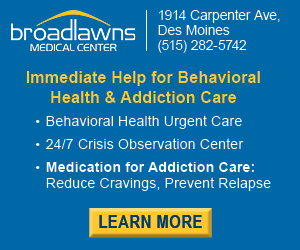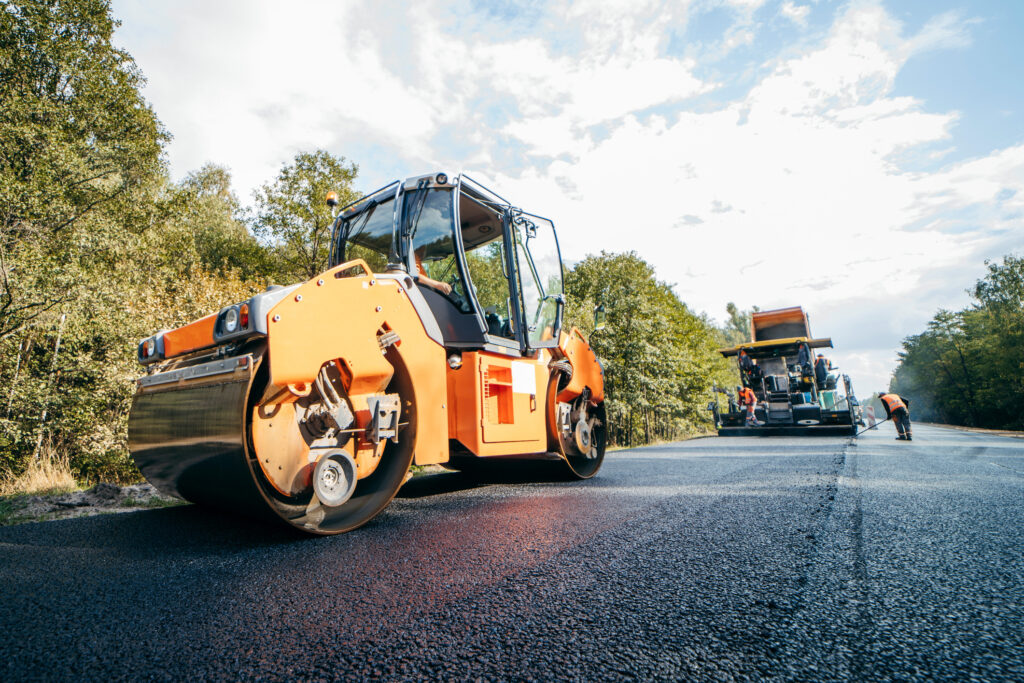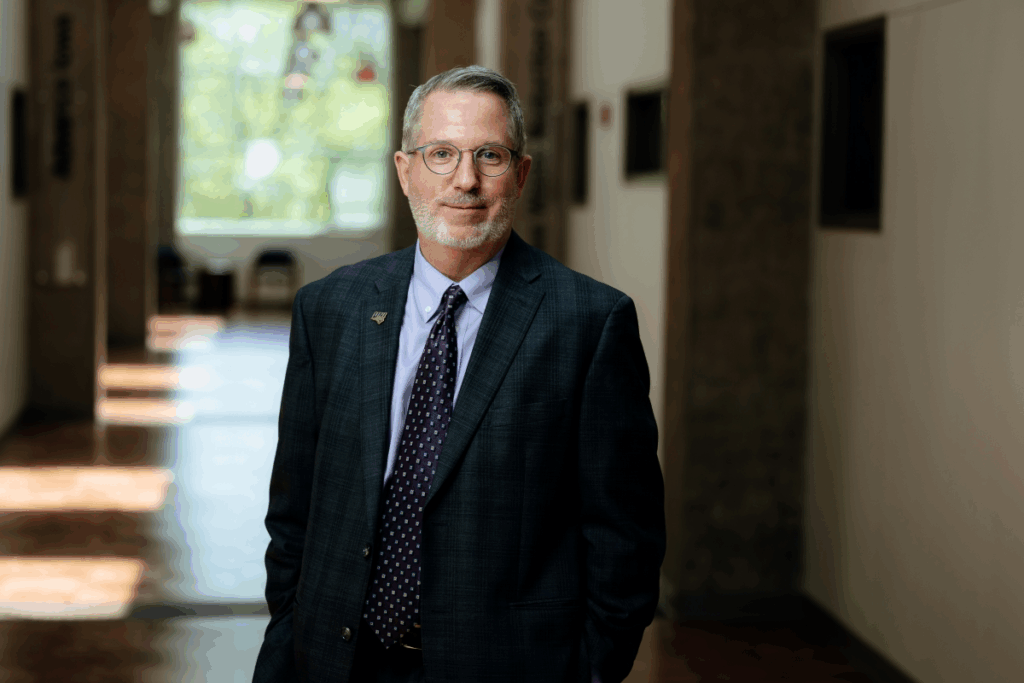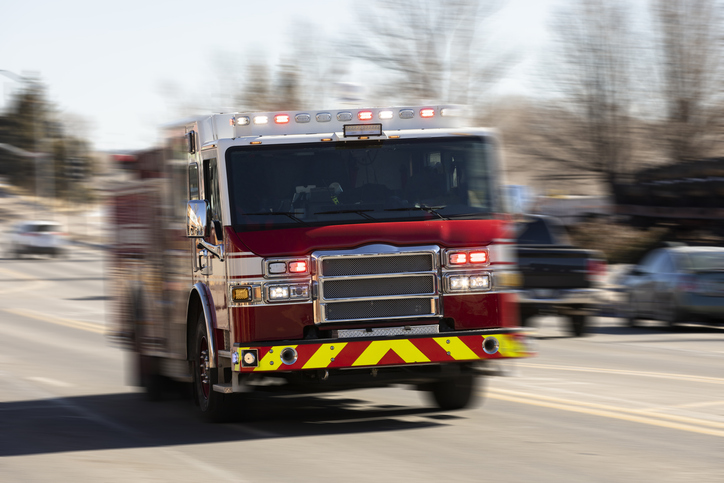What is the most important thing businesses should know about the economy in 2022?
A preview of the Business Record’s 2022 Economic Forecast Panel

As Iowa businesses endured labor shortages, supply chain disruptions, a resurgence of inflation, unprecedented natural disasters, and of course, the pervasive COVID-19 pandemic, the potential impact on the economy was far from clear at the close of 2021.
As we continue to experience “interesting times,” this January’s Economic Forecast event promises to be particularly compelling, as our panel of experts share their perspectives and discuss how the economy may fare in 2022.
Panelists include:
Mike Wolf – global economist, Deloitte Touche Tohmatsu Ltd.
Debi Durham – director, Iowa Economic Development Authority and Iowa Finance Authority
Brenda Martin – workforce project manager, Center for Industrial Research and Service
Art Durnev – professor of finance, Henry B. Tippie College of Business, University of Iowa
Dave Nelson – chairman and CEO, West Bank
As in past years, our panelists have graciously emailed us their thoughts about the most important issues they see ahead in 2022. Here are their responses.
Debi Durham: If 2021 was the year of recovery for Iowa’s economy, 2022 is the year of possibility.
Iowa is in a remarkable economic position, thanks to years of fiscal responsibility and the spirit of innovation we’ve seen throughout the pandemic – from mom-and-pop businesses to large companies, from our communities to the state Capitol.
Our GDP is well above pre-pandemic levels. The state has a budget surplus of well over a billion dollars. Our economic development pipeline is full of projects, and Iowa has emerged as the insurance capital of the United States. Our hospitality and tourism industry is making a strong comeback. We’ve seen a surge in startups like never before, with more new businesses in 2021 than any other year in state history.
There are roadblocks, of course, with inflation, supply chain bottlenecks and a workforce shortage. These challenges are not unique to Iowa, but our state is in a better position than most: We’ve enjoyed the fastest economic recovery through the pandemic. And we have worked aggressively for some time to fuel growth.
In the past year alone, we saw significant state investments in housing, water quality, child care, broadband and other infrastructure that is critical to Iowa’s future. We are creating conditions for manufacturers of all sizes to prosper amid a technology revolution and churn in the workforce.
We’re also building communities where people want to live. I see transformational quality-of-life projects everywhere I go, from Iowa’s thousands of miles of paved trails to beautiful public art displays, historical landmarks, and our unique downtowns and Main Streets. Iowa’s communities understand placemaking plays a key role in attracting visitors and residents, and I’m confident we’ll see even more momentum this year. I’m also optimistic that Iowa will work to provide a competitive tax system that meets the priorities of the state and allows Iowans, communities and businesses to thrive.
We have such a strong value proposition here in Iowa. It’s no wonder U.S. News and World Report ranked Iowa No. 1 in the nation for opportunity. This is a credit to our leadership, spirit of innovation, and teamwork to make Iowa the best place to visit, live, work and do business.
Art Durnev: We need to learn how to live in a new and unstable world caused by natural and man-made disasters, such as climate change, post-COVID aftershocks, and the resulting political unrest and mass migration around the world. The increasing population growth and urban expansion in hazard-prone regions of the U.S. and worldwide are rapidly increasing risks of pandemics, fires and floods. Disasters will trigger mass migration, increasing political and economic instability, and the likelihood of civil unrest. Public companies in the U.S. are aware of this — they mention disasters 10 times more often in their annual statements now than they did 10 years ago — but they lack the understanding of the economic and financial consequences, as well as possible strategies to mitigate the risk. State and local governments are also aware of the risk but unsure how to proceed. Moreover, disasters destroy public and private capital, reducing firms’ incentives to invest in physical assets in the first place.
Iowa’s government, investors and companies need to do the following: Properly assess disaster risks and press governments to improve infrastructure. When possible, gradually switch physical assets to intangible assets, such as cloud computing. Prepare for significant disruption due to political unrest in overpopulated and politically less stable countries, like India, China, Brazil and Russia.
Brenda Martin: In 2022 we will continue to have labor force shortages that will hamper company growth. The reasons for the continuing labor shortage are many and varied. Across the country fertility rates are declining just as the large baby boomer population has begun retiring. The country has also seen a gradual decline in labor force participation rates and a recent reduction in immigration rates. More locally, Iowa’s continued low population growth has exacerbated the state’s labor force problems. Data trends suggest COVID accelerated what was likely to happen in Iowa in the near future.
These labor shortages have not affected all companies equally. Successful companies are targeting their workforce efforts and addressing specific workforce issues related to both current and potential employees. More companies are discussing immigration issues, improving employee retention, hiring out-of-state employees, targeting women and increasing the number of part-time employees. To accomplish this, companies are increasing wages, improving company culture, allowing flexible schedules and more.
Dave Nelson: It is always difficult to make accurate predictions about the economy, but this year it is even harder than usual. America has not had an economic disruption as significant as COVID-19 since World War II, so the past is a less reliable guide than usual.
The main “economic” effects of COVID-19 have been:
– Massive disruption to consumption and work patterns.
– Huge influx of federal cash to businesses and individuals.
– Worldwide production of goods and services was slashed by people not working as they previously had been.
– Shutdown of international travel and significant disruption of international trade.
These factors have caused:
– Too many dollars chasing too few goods = inflation.
– The loss of nearly two years of education for millions of children.
– The rapid development of new communication and medical technology.
I believe during 2022 the short-term effects will include a continued lack of stability of supply, demand and prices, which will result in higher inflation and inefficiencies.
The underlying economics of our country are still strong.
We need to get back to work and fix our supply and transportation problems before the stimulus “medicine” wears off.
Michael Wolf: This year began with yet another wave of COVID-19 infections. Although economic activity is holding up better than it had in previous waves, U.S. growth is likely to decelerate throughout the year. Part of this expected deceleration is due to policy adjustments that remove the stimulus measures that were used to support the economy during the pandemic. The Fed has taken a more hawkish stance, emergency fiscal support measures have mostly expired, and much of the current administration’s spending plans have been delayed or tabled. This monetary and fiscal tightening should slow demand growth. The silver lining is that weaker demand will help ease inflationary pressures and cool the labor market.
Additionally, supply chain bottlenecks should continue to recede, which will further restrain inflation. Unfortunately, the presence of the omicron variant threatens to create a bumpy recovery in the near term. The volatility of inflation that may result raises the risk that central bankers will make a policy mistake. Raising rates too quickly will choke off growth prematurely. However, raising rates too slowly will warrant more severe tightening later that could trigger a recession. The ability of central bankers to thread this needle will be critical to sustaining the current economic trajectory.








